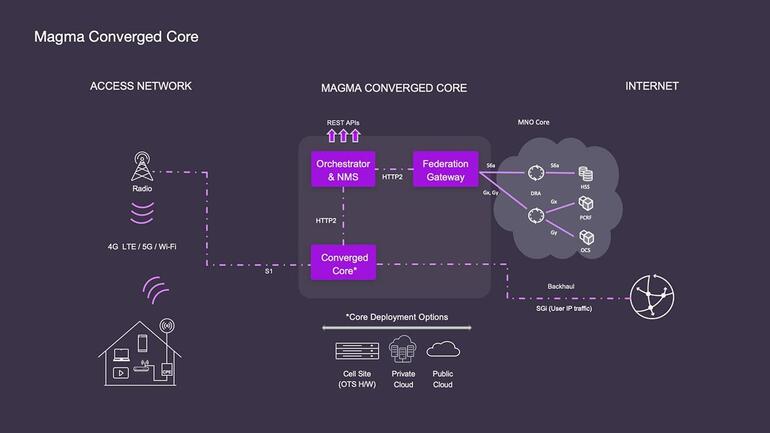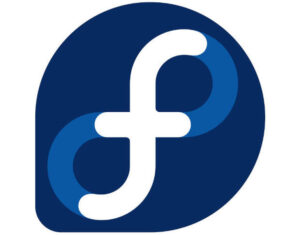Developed by Facebook and now part of the Linux Foundation, Magma Core aims to make mobile networks easy to deploy.

Image: The Linux Foundation
The Linux Foundation has announced a new project with an ambitious goal: Build an open source, carrier-agnostic, stateless, cloud-managed, elastic mobile network able to integrate with existing LTE. If all of that sounds too good to be true, you might not be aware of the ace up the foundation’s sleeve: The Magma Core.
Originally developed by Facebook and open sourced in 2019, Magma Core is a software platform that Facebook described as making mobile networks as easy to set up as deploying a Wi-Fi access point. The foundation of Magma is an access-agnostic mobile packet core combined with cloud-based network management automation and the ability to transmit data across “both virtual and container Network Functions (xNFs) including fixed wireless access, carrier Wi-Fi, private LTE and 5G, network expansion, and mobile broadband,” the Linux Foundation said in a press release announcing the project.
SEE: Future of 5G: Projections, rollouts, use cases, and more (free PDF) (TechRepublic)
As part of the new enterprise, management of Magma is passing to the Linux Foundation, where it will be neutrally governed. A number of high-profile telecom and internet companies have joined the project as founding members, such as Magma-developer Facebook, Qualcomm, Deutsche Telekom, and the Open Infrastructure Foundation, among others.
The goal of the project seems to be using Magma as a basis for building easily-deployable and rapidly scalable networks for extending mobile networks to rural environments that are typically underserved by cellular service providers.
The Linux Foundation describes Magma as an enabler for better network connectivity in five different ways:
- Operators will be able to expand reach by using LTE, 5G, Wi-Fi, and CBRS technologies as one large network;
- Cellular service can be offered without vendor lock-in;
- Network management will be more efficient and automated, leading to less downtime, more predictability, and more agility;
- Existing mobile network operators will be able to easily interface with new Magma-based infrastructure;
- Supporting open-source 5G and investing in the future of wireless networking.
“A number of Magma community members are also collaborating in the Telecom Infra Project (TIP)’s Open Core Network project group to define, build, test, and deploy core network products that leverage Magma software alongside disaggregated hardware and software solutions by the TIP Open Core ecosystem,” the Linux Foundation said.
SEE: 5 Internet of Things (IoT) innovations (free PDF) (TechRepublic)
The Open Core Network project has objectives in line with Magma’s design, and aims to “develop an open, cloud-native, and converged core that is a collection of microservices implementing various core network functions … the goal is to innovate on the packet core technologies across any access wireless networks operating on licensed, unlicensed and shared spectrum,” its website said.
Don’t expect Magma to start reshaping the mobile networking world overnight: The building blocks are in place, but there will be lots of time needed to reshape the cell service paradigm. Developers interested in participating will find the Magma Community project on Github; additional documentation can be found on Magma’s website.
Also see
Source of Article



